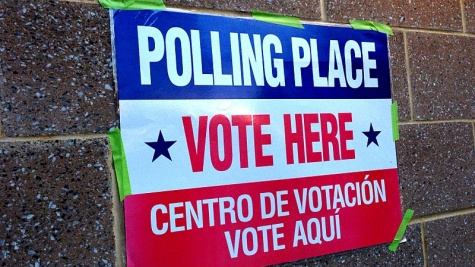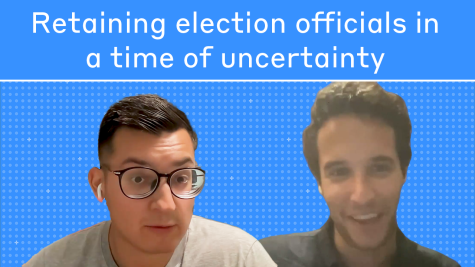Local Election Official Use of Websites and Social Media During the 2020 U.S. Presidential Election
In the lead up to the 2020 United States presidential elections, voters were faced with a deluge of changes to voting in response to the COVID-19 pandemic. These changes required voters have accurate and trusted information to ensure all who wished to do so were able to safely cast a ballot and have it counted.
Adding to these challenges, then President Donald Trump made a series of false claims about election processes ranging from accusations that the election would be “rigged,” to telling his supporters they should try to vote twice to test the integrity of the electoral system. In the post-election period, President Trump doubled down on his claims that the election was stolen, culminating in the now infamous January 6, 2021 insurrection attempt at the U.S. capitol by supporters of the former president.
These developments — and the ways in which misinformation spread across social media like wildfire during the 2020 election cycle — highlight how important it is that the public have access to trusted and accurate sources of information about how to vote and election processes in online spaces. Local election officials (LEOs) — the individuals in charge of conducting elections at county and municipal level in the United States — tend to be trusted at far greater levels than other elected officials, and as such may be a potentially valuable source of online information to inform voters about changes to the voting process and to combat misinformation about elections. My research considers this possibility, examining the accessibility of LEOs as sources of voter information in online spaces by examining LEO online presence using an original dataset of LEO usage of Facebook, Twitter, Instagram, and websites for voter education and outreach in the United States during the 2020 presidential election.
Collected during the 2020 election cycle, my data focus jurisdictions where elections are run at the county level in the United States, which spans 42 states in total. As shown in Table 1, I find that websites are by far the most commonly available resource for voters across jurisdictions. Nearly 90% of county-level election jurisdictions have an active website with up-to-date information about the voting and election process. Of the social media platforms, Facebook is by far the most popular of the three social media platforms I examined, with 34% of all jurisdictions having an active Facebook account, followed by Twitter (8%) and Instagram (2%). Overall, most jurisdictions have at least one active online platform for voter education, with the majority of these being web pages, while very few have activity on all four platforms I examined.
Table 1: County LEO Website and Social Media
|
Platform |
N |
% |
|
Website |
2971 |
89 |
|
At least 1 social media platform |
2971 |
35 |
|
|
2971 |
35 |
|
|
2971 |
8 |
|
|
2971 |
2 |
I also considered a range of county characteristics that might explain differences in the use of these platforms. My findings suggest that, overall, whether or not an LEO has active online presence may be driven both by resources, and incentives for doing so based on their constituencies and the electoral context in which they operate. Larger counties — which are more likely to have the resources to dedicate to these efforts — are far more likely to have a robust online presence than smaller counties. Counties that have more internet access, too, are also more likely to have an LEO with a robust online presence, as well as counties with more institutions of higher education. This suggests, although cannot definitively confirm, that LEOs may be attuned to the unique needs and characteristics of the constituents they serve, for example, being more active online in jurisdictions with high populations of young constituents, such as those with colleges and universities. Finally, LEOs operating in more competitive states during the 2020 presidential election were also more likely to have a robust online presence, suggesting they might be attuned to the importance of being a transparent source of information for voters given the pressures of conducting an election in a state that could potentially become the focus of national news attention in the case of close races.
While these data do not tell us about differences in how LEOs use online platforms nor extent to which the information they share gets spread to individuals across social media networks and offline, they do tell us something about the accessibility of LEOs online, something that will be increasingly important to assess and consider given the rise in misinformation about election processes. At minimum, constituents in the vast majority of counties in the United States are able to find basic information about elections from their local election office through websites, and it is likely that the number of LEOs looking to social media to educate voters will only increase for future election cycles.
This research is supported by the Social Science Research Council’s Social Data Fellowship.


